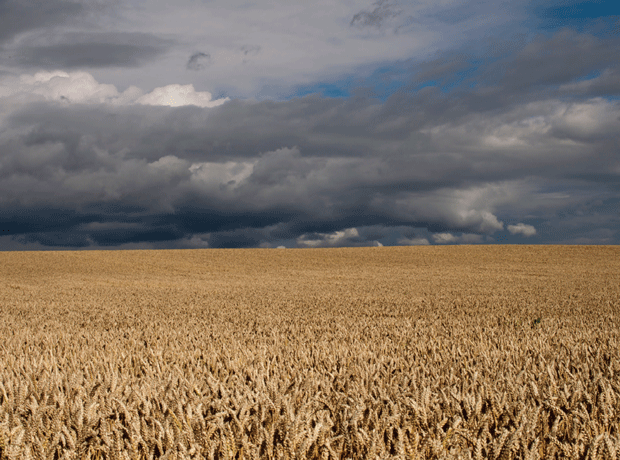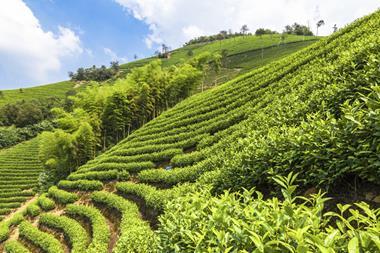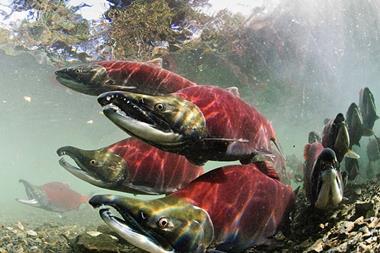We might think of orange juice as an irreplaceable item on our breakfast table, but it may become a rarer and more expensive item. Global consumption of orange juice has been falling due to increased demand for other juices and high prices. Despite reduced demand, orange juice supply has been restricted in the 2013/14 season in the US, the major producing country.
The US state of Florida is responsible for producing 95% of the oranges sent to processing. Floridian orange juice production is expected to fall by 16% due to the lingering effects of a citrus-greening disease that reduced production in 2012/13. The disease also led to a reduction in the acreage of orange groves because trees were cut down to stop it spreading. Lower production has resulted in a sharp decline in exports from the US - down by 20% this season.
In contrast, Brazil’s orange juice production is expected to rise by 12% year on year, due to favourable weather in São Paulo, Brazil’s main orange production and processing region. That growth, coupled with the supply problems in the US, has pushed Brazilian exports up 3% year on year. However, the increase in exports means stocks will be reduced to a four-year low.
With global supply tight, prices have been rising. The price for frozen concentrated orange juice on the ICE exchange in New York currently stands at $3,265/tonne. The average price in 2014 has been $3,364, 14% higher than the 2013 average of $2,961. Consumer tastes are also increasingly favouring other fruit juices or low-calorie drinks as alternatives to orange juice.
It’s not surprising, then, that an 8% decline in orange-juice consumption is expected in 2013/14.
Close menu
- Home
- Retail & Wholesale
-
Products & Suppliers
- Back to parent navigation item
- Products & Suppliers
-
Product Categories:
- Back to parent navigation item
- Product Categories:
- Alcoholic drinks
- Bakery
- Cereals & breakfast
- Cheese
- Chicken & poultry
- Chocolate
- Confectionery
- Crisps, nuts & snacks
- Dairy
- Fish
- Fresh produce
- Frozen
- Household
- Meat
- Own Label
- Sauces & condiments
- Seasonal
- Soft drinks
- Vaping
- Vegan & plant-based
- World foods
- Suppliers
- People
- Reports & Data
-
Topics A-Z
- Back to parent navigation item
- Topics A-Z
-
Popular topics:
- Back to parent navigation item
- Popular topics:
- Cost of living crisis
- Crime
- Deposit Return Schemes
- Finance
- Government & Regulation
- Health
- Inflation
- Loyalty
- Marketing
- Mergers & Acquisitions
- New Product Development
- Sourcing
- Supply chain
- Sustainability & environment
- Technology
- Ultra Processed Foods
- Vaping
- A-Z all topics
- Content by type:
- Events
- Subscribe now
Orange juice market feels global squeeze
By Liliana Gonzalez2014-08-28T11:01:00+01:00
Sign in to comment on this article
Not logged in before? Register for FREE guest access today.
You will be able to:
- Read more stories
- Receive daily newsletters
- Comment on stories
Advert


















No comments yet